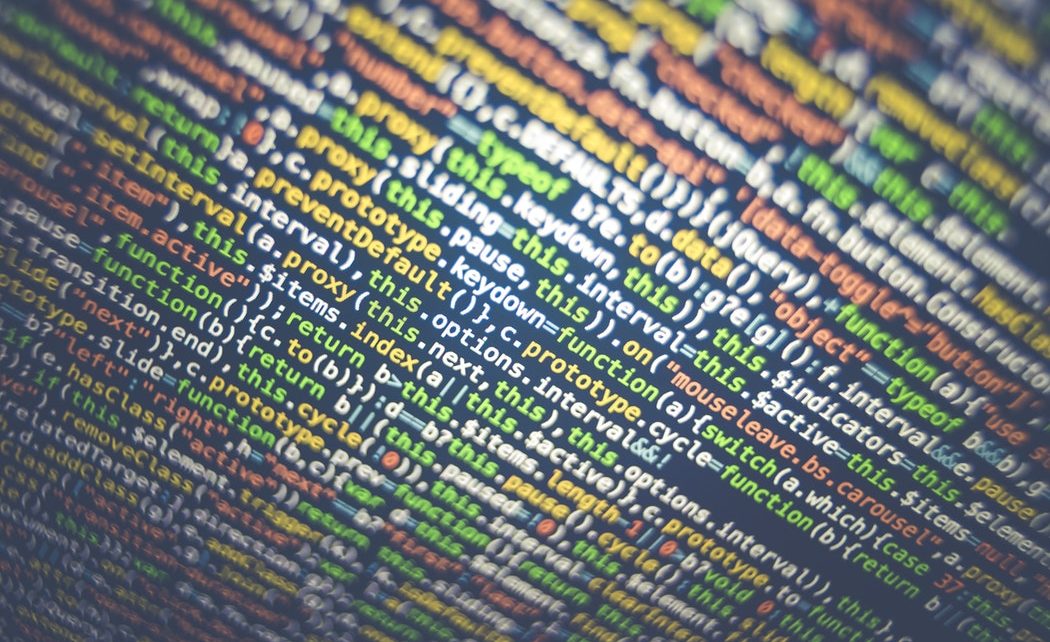Algorithm 2 extracts histogram features from BMP images. It begins by taking an image as input and converts it to grayscale if necessary. The image is divided into tiles, and histograms are calculated for each tile. These histograms are stored in a 2D array, representing the result. The algorithm iterates through tiles, extracting sub-images, calculating histograms, and storing them in the result array. Finally, the resulting array of numerical values defining the histogram is returned, providing essential feature extraction for subsequent analysis in video stream matching.
Tag: image processing
CH-4 – Mean Frame Extractions – Part-3
Algorithm 1, focusing on mean frame extraction from AVI videos, operates similarly for both source and target videos. It stores the first and last frames and extracts a defined percentage of frames (10%) as temporary frames. Each temporary frame undergoes histogram calculation and comparison using the KS Test. Frames with differing distributions are saved as mean frames. This process continues until all frames are processed. The algorithm is outlined with steps for video input, temporary frame extraction, histogram calculation, and mean frame storage, ensuring efficient mean frame extraction for subsequent analysis in video stream matching.
CH-4 – Classification Model Architecture – Part-2
This segment of VSM encompasses two distinct components:
1. Target Image – Source Video – Model
2. Target Video – Source Video – Model
Each component represents a different scenario for comparison: matching a target image with a source video and matching a target video with a source video. These models serve as the foundation for analyzing and comparing video streams, enabling various applications in multimedia processing and content-based similarity analysis.
CH-4 – Implementation of VSM – Part-1
The VSM architecture comprises three main components: loading target videos, loading source videos, and loading target images into the classification model. Users can load target videos, source videos, or target images for classification purposes. Each component serves a specific function within the system, facilitating the comparison and analysis of video streams. The architecture is designed to handle various types of input data, ensuring flexibility and adaptability for different applications requiring video stream matching.
CH-6 – Abstract Video Stream Processing Theory
The study delves into video sequence comparison, essential in multimedia information systems. It explores content-based similarity analysis by extracting key frames from video shots and assessing their similarities. Features like histograms, slopes, edges, and wavelets are extracted and utilized individually or in combinations for similarity matching. Statistical models such as NORM, MEAN, VARIANCE, and KS-TEST are employed to quantify relationships between features in target and query video shots. This approach facilitates robust similarity analysis, crucial for various applications in multimedia processing and information retrieval.






